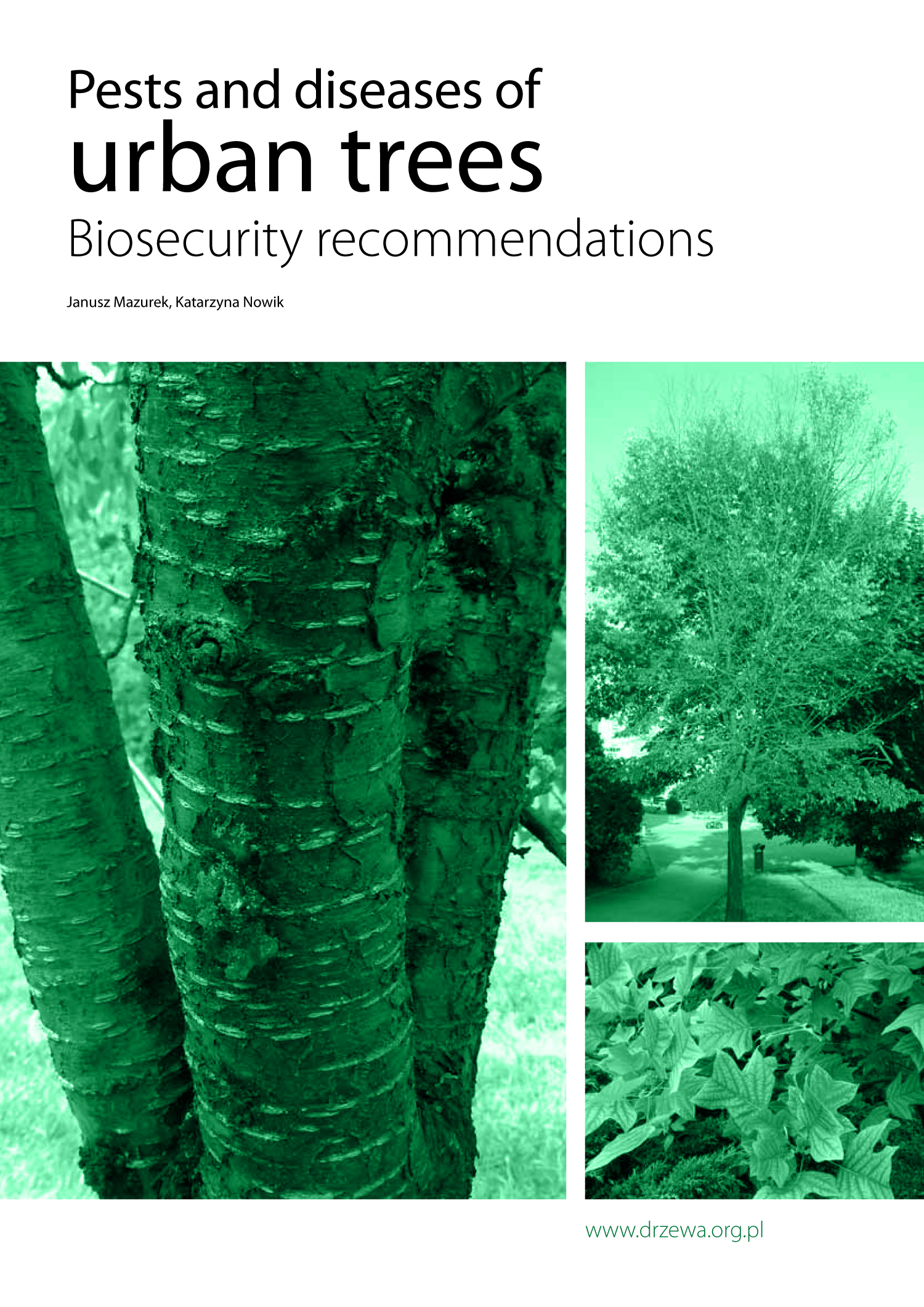
An urban environment in the broad sense often does not provide trees and shrubs with conditions to enable their proper growth and development. Excessively compacted soils, the accompanying shortage of oxygen in the root system and problems with the availability of rainwater, as well as the insular character of vegetation, lead to special and very specific problems occurring to the health of plants. The opportunities for the development of both the plants and pathogens inhabiting them which occur in urban areas are not found in their natural habitats. Relationships between the plant (tree) and its urban environment are strongly disturbed and result in a situation that allows harmful organisms to develop on their weakened hosts due to unfavourable living conditions in urban areas. A classic example of these relationships is the frequent occurrence of tree cankers, Nectria cinnabarina, or the fungus Sphaeropsis sapinea causing the dieback of pine tops. In each of these cases one factor which significantly affects both the intensity and the scale of damage is the shortage of water caused by the excessive compaction of the soil, though this is not the only cause.

Support for our Project LIFE15GIE/PL/000959 „Trees for Europe’s Green Infrastructure” is first and foremost assured by the EU’s LIFE Programme, as well as the Voivodeship Funds for Environmental Protection and Water Management in Wrocław, Gdańsk and Poznań (Poland); Stefan Batory Foundation, the United Kingdom’s Charities Aid Foundation; and the Norddeutsche Stiftung für Umwelt und Entwicklung based in Mecklenburg-Vorpommern, Germany. The Project is also funded by donations from individuals and institutions, as well as from the Project partners’ own means.